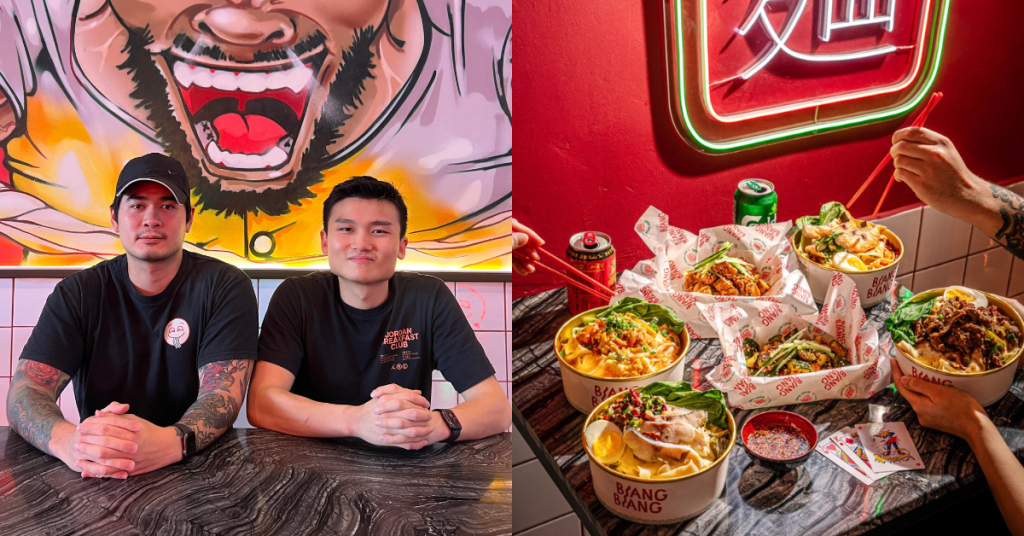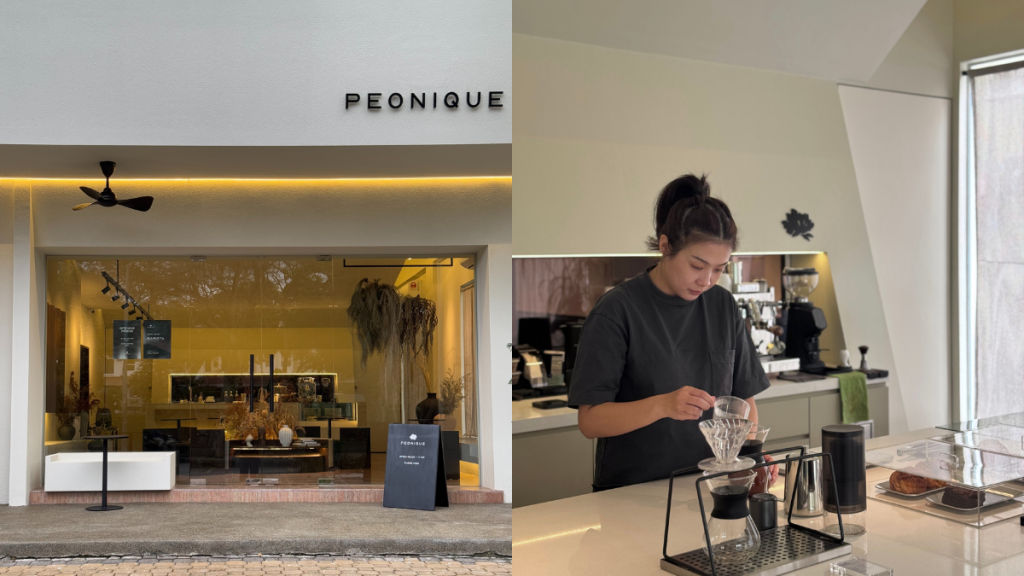Biang. Biang.
That’s the sound you’d hear when passing by the kitchen of Biang Biang Noodle Bar. Not because the chefs are making a ruckus, no. That just so happens to be the sound of your noodles being handmade from scratch.
At first glance, biang biang noodles look like your usual pan mee or mian fen gao takeout. But Xian, the co-founder of the noodle bar, shared that it’s actually a combination of the two, fusing the best of both noodles into one bowl.
It has the length of pan mee which is great for slurping, and also the “QQ” chewiness of mian fen gao. This is paired with a fragrant meat sauce with a side of blanched bok choy.
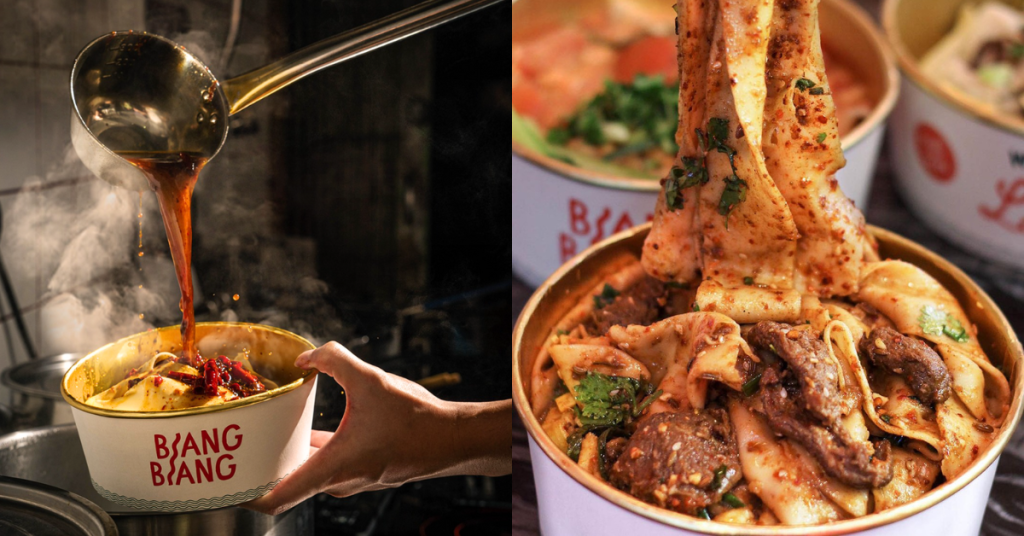
The dish is said to be centuries old and originates from the Shaanxi province in China, which explains all the spices being used. Some of the menu items even include the popular Sichuan peppercorns that leave you feeling a little numb (in a good way).
It took Xian and his co-founder, Wayne, about six months of R&D to get the dishes right. Both of them have no formal culinary training but were determined to perfect the noodles.
And the hard work seems to be paying off. They’ve set up two outlets in the Klang Valley with bigger plans to expand vertically.

He had a dream and online videos
“It’s not stable compared to a full-time job where you have a stable salary every month,” Xian shared with us candidly.
Leaving his career in the rather lucrative construction industry was a tough decision to make, as any entrepreneur would tell you. At the time of starting Biang Biang Noodle Bar, Xian still had a monthly mortgage to pay. So losing that financial security was understandably scary.
But he didn’t like the nature of the construction business. To his disappointment as well, the local advertising industry just wasn’t the same as what he studied in the UK. The main difference was that Malaysia focused more on creatives, whereas the UK looked at strategies.
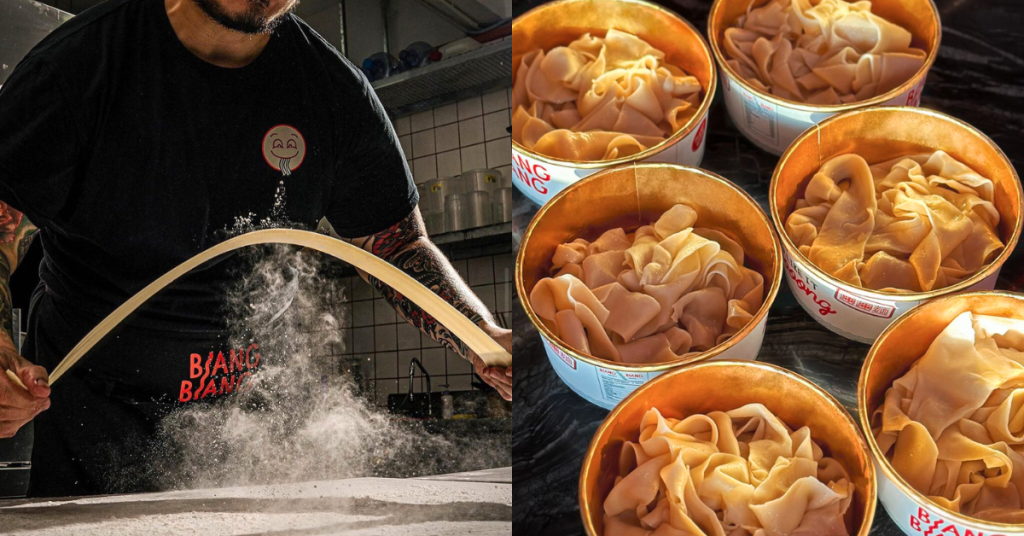
So he figured he’d give his F&B dream a shot and invested around RM300K into it.
“No matter what, it’s going to be scary. If I don’t do it, I will spend my entire life wondering [about it],” he expressed. “If it doesn’t work out only we go back to our 9-to-5 jobs. Even then, at least I will be content knowing I have tried.”
Much of what Xian learnt about cooking came from either watching his grandmother in the kitchen, or experimenting himself. He’d try replicating recipes he’d seen online too, which made starting the noodle bar a tad easier.
That, and also the support he received from Wayne.
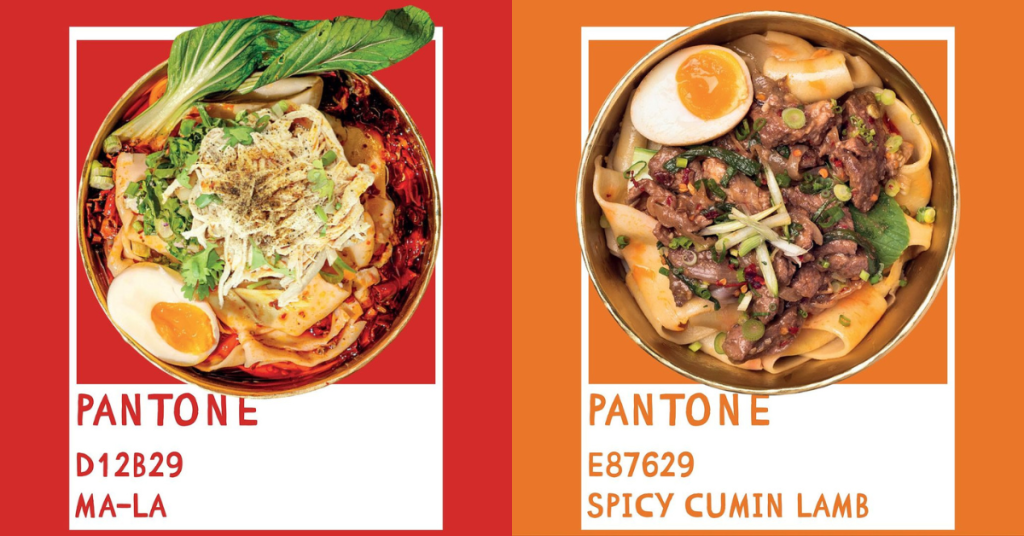
From an apartment to a central kitchen
As business partners, the two have been building Biang Biang Noodle Bar together since day one. They used to experiment on recipes in Xian’s apartment for days on end.
This practice hasn’t really stopped just because the restaurant got off the ground. Their most recent development is the result of one year’s R&D. The duo tried flours from all over the country to formulate a new flour mixture, testing different hydration levels as well.
Doing so helps to continuously improve their food offerings and differentiate themselves from other noodle bars.
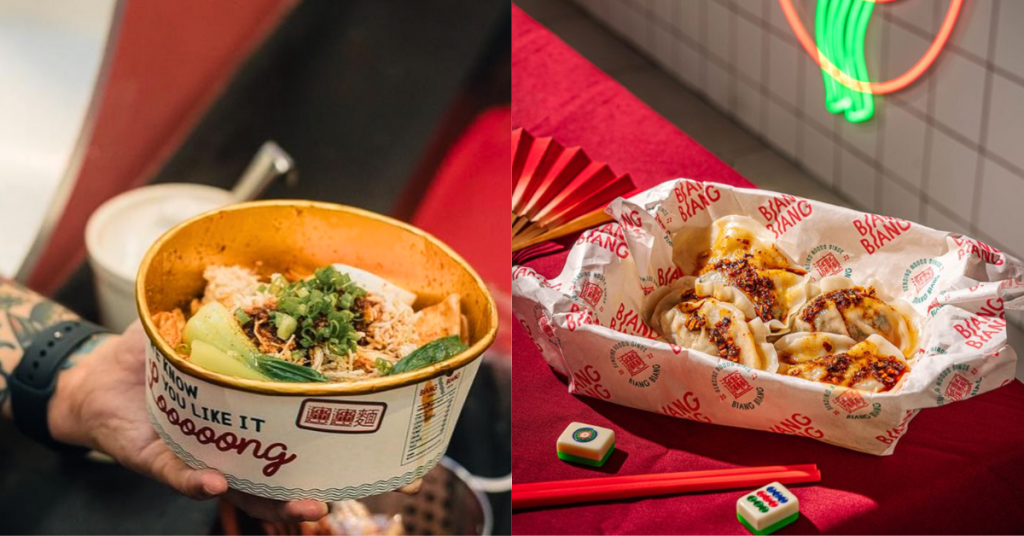
At the same time, it’s also part of their efforts to upgrade SOPs. Their goal is to make the recipe foolproof enough that anyone can make them, while ensuring that the noodle texture remains consistent and the shelf life is longer.
This biang biang noodle-making knowledge is then passed down to their current team of 14.
“It’s labour intensive but we also cracked the code recently on how to stockpile and keep it (the noodles),” the co-founders shared. They’ve also been testing out running a central kitchen, “So we’re actually ready to expand [the business] and are in the midst of raising more funds,” they added.
The duo is looking to diversify into the distribution line. Some products they’re hoping to offer include their biang biang noodles, mala chilli oil, and spicy base sauce.
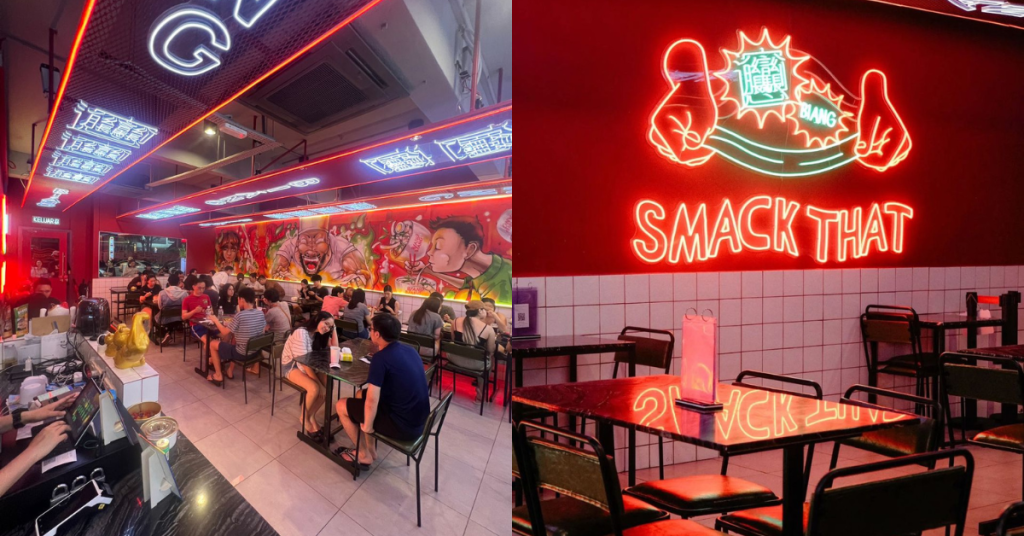
Growing in numbers and dishes
Loyal patrons (or new customers) of the space needn’t worry about being neglected, though. Biang Biang Noodle Bar in SS2 and REXKL will continue to serve their signature dishes.
As a matter of fact, they’re going to grow the business’s store count too.
The brand will also be catering to a more Muslim-friendly market with the introduction of its pork-free kiosk shops. This is similar to the one at REXKL which they’re planning to replicate in malls soon, and is now rebranded as “Mee Biang Biang” to be more approachable.
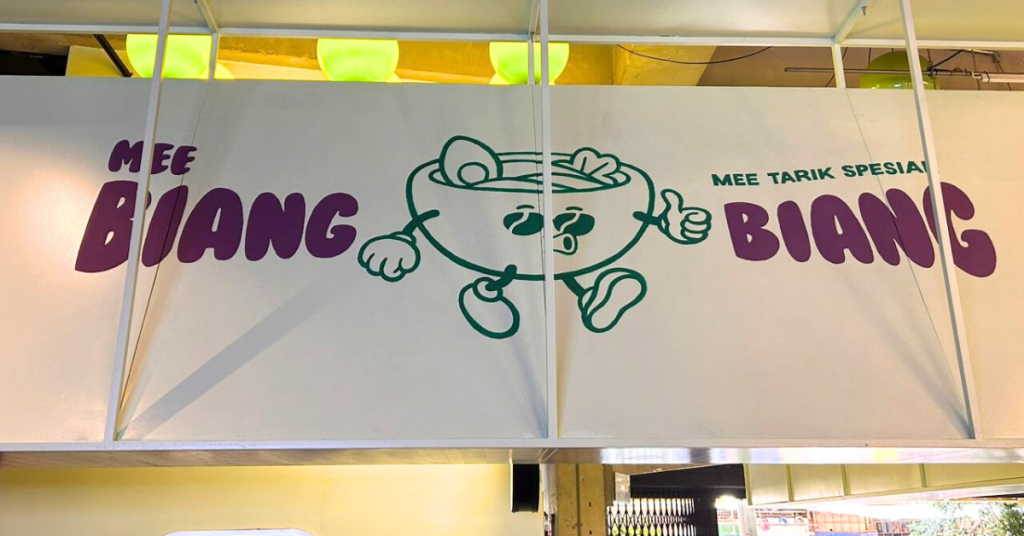
If you’re like me and get decision-paralysis in restaurants, you’d be keen to know that they might release a tasting set next. Or at least, that’s what Xian teased.
Biang Biang Noodle Bar currently sells about 200 to 250 bowls on average per day. Each ala carte bowl costs between RM14.90 to RM18.90.
Production-wise, their highest record is producing 60+ kg of flour, which is equivalent to around 650 to 700 bowls in a day. That’s a lot of noodles that could feed a few villages.
So despite their Cheras Trader’s Square outlet closing not too long ago, the team aren’t deterred. And with their new SOPs in place, we’ll certainly be seeing a lot more Biang Biang Noodle Bar stores around Malaysia.
- Learn more about Biang Biang Noodle Bar here.
- Read other articles we’ve written about Malaysian startups here.
Featured Image Credit: Biang Biang Noodle Bar



